Does CBDA have any side effects?
Estimated reading time: 8 minutes
Understanding CBDA: What Is It?
Before we delve into its potential side effects, let us first understand what CBDA actually is.
CBDA stands for cannabidiolic acid, which is a naturally occurring compound found in raw hemp and cannabis plants. It is the acidic precursor to CBD (cannabidiol). When hemp or cannabis plants are harvested and dried, CBDA undergoes a process called decarboxylation, where it loses a carboxyl group and transforms into CBD. While CBD is well-known for its therapeutic properties, CBDA is less researched but is believed to have similar potential benefits.

Benefits of CBDA!
While research on CBDA is still in its early stages, some potential benefits have been suggested based on preliminary studies:
- Anti-inflammatory Effects: CBDA may have anti-inflammatory properties, which could make it beneficial for conditions characterized by inflammation, such as arthritis or inflammatory bowel disease.
- Nausea and Vomiting Relief: Preliminary studies suggest that CBDA may be effective in reducing nausea and vomiting, making it potentially useful for managing symptoms associated with chemotherapy or motion sickness.
- Anxiety and Stress Reduction: Early research indicates that CBDA may have anxiolytic (anxiety-reducing) effects, similar to CBD, which could be beneficial for individuals experiencing anxiety or stress.
- Antioxidant Properties: CBDA has been shown to possess antioxidant properties, meaning it may help protect cells from oxidative stress and damage caused by free radicals.
- Potential Anti-cancer Effects: Some studies suggest that CBDA may inhibit the proliferation of certain types of cancer cells, although more research is needed to fully understand its potential in cancer treatment.
- Neuroprotective Effects: There is some evidence to suggest that CBDA may have neuroprotective properties, which could be beneficial for conditions affecting the nervous system, such as Parkinson's disease or Alzheimer's disease.
- Skin Health: CBDA may also have potential benefits for skin health, including anti-inflammatory and antioxidant effects, which could make it useful for conditions such as acne or eczema.
Potential Side Effects of CBDA: Separating Fact from Fiction

As with any natural remedy, concerns about potential side effects are inevitable. However, it's essential to distinguish between anecdotal reports and scientific evidence. While there is limited research specifically focused on CBDA, studies on CBD can provide some insights.
Gastrointestinal Distress
One potential side effect reported by some users is gastrointestinal distress, such as nausea or diarrhea. However, it is crucial to note that individual tolerance levels may vary, and factors such as dosage and method of consumption can influence the likelihood of experiencing these symptoms.
Drug Interactions
Another concern is the potential for drug interactions. CBD, the derivative of CBDA, has been shown to interact with certain medications metabolized by the liver's cytochrome P450 enzyme system. While CBDA may have similar interactions, more research is needed to confirm these findings conclusively.
Read more about CBD and drug interacctions
Psychoactive Effects
Unlike its counterpart THC (tetrahydrocannabinol), which is known for its psychoactive properties, CBD and CBDA are non-psychoactive. This means that consuming CBDA should not result in any intoxicating effects commonly associated with cannabis use.
More about CBD here
The Importance of Quality CBDA
When considering the potential side effects of CBDA or any cannabinoid, it's essential to prioritize quality and transparency. Third-party lab testing can provide valuable insights into the purity and potency of CBDA products, helping consumers make informed decisions about their health and well-being.
How is CBDA made?
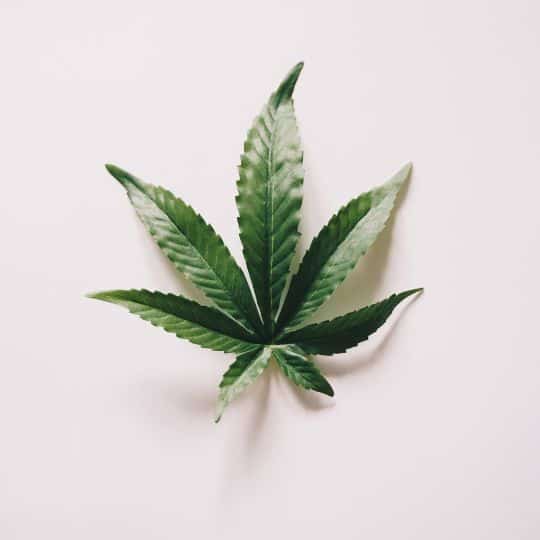
CBDA, or cannabidiolic acid, is naturally produced by hemp and cannabis plants through a process called biosynthesis. It is synthesized within the trichomes, which are small, hair-like structures found on the surface of the plant's flowers and leaves.
The production of CBDA begins with the precursor molecule known as cannabigerolic acid (CBGA), which is one of the primary cannabinoids synthesized by the plant. Under the influence of specific enzymes, such as CBDA synthase, CBGA undergoes a chemical reaction known as cyclization, leading to the formation of CBDA.
During the early stages of plant growth, CBDA is present in high concentrations, especially in the aerial parts of the plant. However, as the plant matures and is exposed to heat or sunlight, CBDA undergoes decarboxylation, a process where it loses a carboxyl group and transforms into CBD (cannabidiol), which is the non-acidic form of the compound.
To preserve CBDA in its acidic form, manufacturers may utilize extraction methods that involve minimal heat or use specialized techniques such as cold-pressing or CO2 extraction. These methods help retain the acidic compounds present in the raw plant material, including CBDA, for use in various products such as tinctures, oils, and capsules.
Overall, CBDA is produced naturally by hemp and cannabis plants as part of their metabolic processes and can be extracted and utilized for its potential therapeutic benefits.
Difference of CBD and CBDA
CBD (cannabidiol) and CBDA (cannabidiolic acid) are two compounds derived from hemp and cannabis plants, but they differ in their chemical structure, properties, and potential effects:
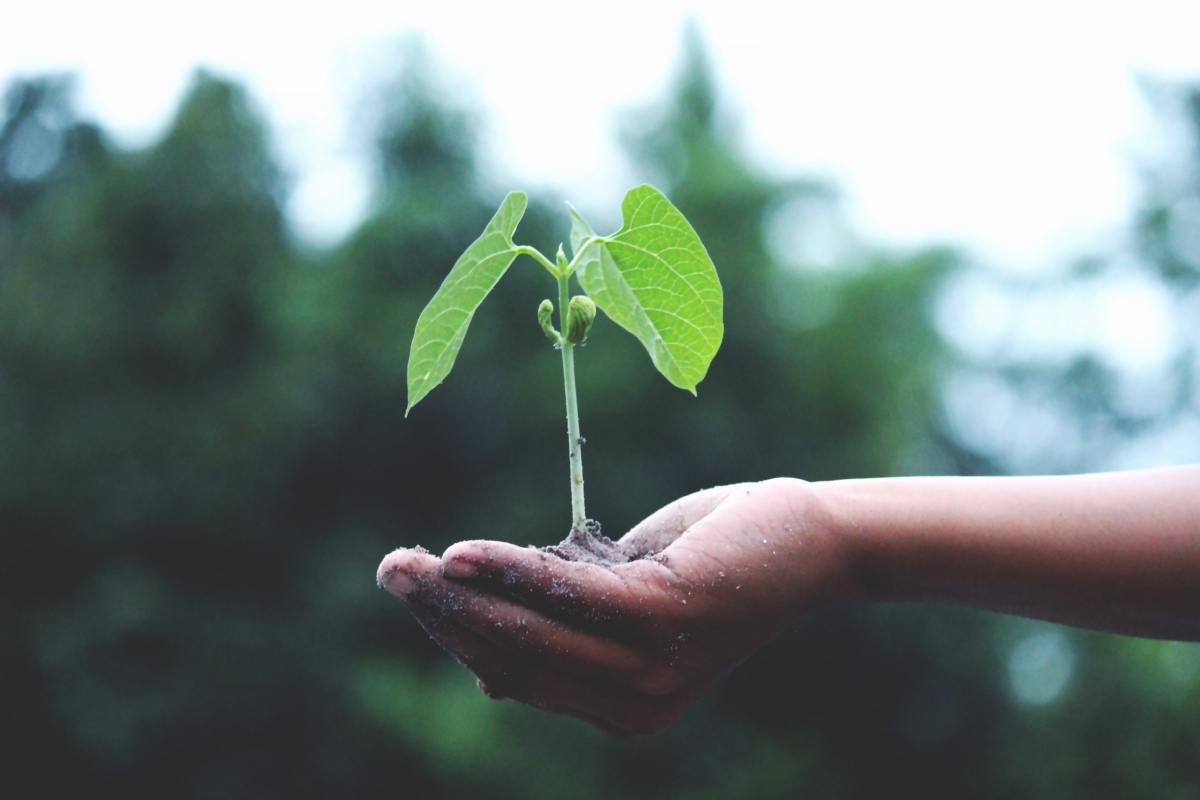
Chemical Structure:
The main difference between CBD and CBDA lies in their chemical structure. CBD is the non-acidic form of the compound, while CBDA is the acidic precursor to CBD. CBDA contains a carboxyl group (COOH) attached to its molecular structure, which is removed during decarboxylation to form CBD.
Form:
CBD is commonly found in products such as oils, tinctures, edibles, and topicals. It is extracted from hemp or cannabis plants and often isolated or combined with other ingredients. CBDA, on the other hand, is typically found in raw, unprocessed hemp or cannabis plant material.
Activation:
CBDA is converted into CBD through a process called decarboxylation, which occurs when raw hemp or cannabis plants are exposed to heat or sunlight. This conversion results in the loss of the carboxyl group from CBDA, transforming it into CBD. Therefore, CBD is the active form of the compound that interacts with the body's endocannabinoid system.
Potential Effects:

While both CBD and CBDA are believed to have therapeutic potential, their effects may differ. CBD is well-known for its various potential benefits, including anti-inflammatory, analgesic, anxiolytic, and neuroprotective effects. CBDA, although less researched, has been studied for its potential anti-inflammatory, antiemetic, and anxiolytic properties. Some research also suggests that CBDA may have greater bioavailability compared to CBD, meaning it may be more readily absorbed by the body.
Overall, while CBD and CBDA share similarities, such as their origin from hemp and cannabis plants and potential therapeutic effects. They have distinct chemical compositions and properties that may result in different effects on the body. Further research is needed to fully understand the individual benefits and mechanisms of action of each compound.
Conclusion CBDA side effects
CBDA shows promise as a potential therapeutic compound. However, more research is needed to fully understand its effects, both positive and negative. As with any supplement or natural remedy, it is crucial to consult with a healthcare professional before incorporating CBDA into your wellness routine. Especially if you're taking medications or have underlying health conditions.
Ultimately, the potential side effects of CBDA appear to be minimal and generally well-tolerated by most individuals. However, further research and clinical trials are needed to validate its safety profile fully. In the meantime, consumers can prioritize quality and transparency by choosing reputable brands that prioritize quality control and transparency in their manufacturing processes.
FAQ – Does CBDA have any side effects?

CBDA stands for cannabidiolic acid, a naturally occurring compound found in raw hemp and cannabis plants. It is the acidic precursor to CBD.
Some potential benefits of CBDA include anti-inflammatory effects, relief from nausea and vomiting, anxiety reduction. Also antioxidant properties, potential anti-cancer effects, neuroprotective effects, and benefits for skin health.
CBDA is naturally produced by hemp and cannabis plants through biosynthesis. It is synthesized from cannabigerolic acid (CBGA) through specific enzymes. Its production can be preserved through extraction methods that involve minimal heat or specialized techniques.
Potential side effects of CBDA may include gastrointestinal distress, potential drug interactions, and psychoactive effects. However, these effects are generally minimal and vary among individuals.
CBD and CBDA differ in their chemical structure, form, activation process, potential effects, and legal status. CBD is the non-acidic form of the compound. Commonly found in various products, while CBDA is the acidic precursor found in raw plant material.
The Real CBD with CBDA
-
Product on sale
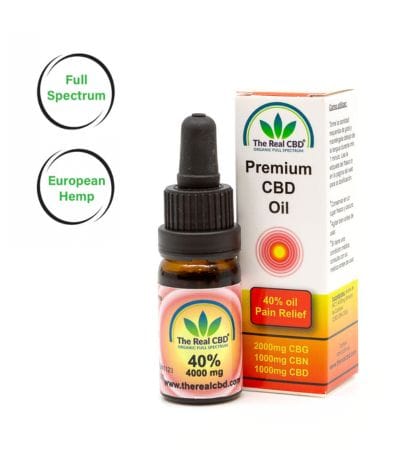 40% Pain Relief oilLe prix initial était : €179.00.€159.00Le prix actuel est : €159.00.
40% Pain Relief oilLe prix initial était : €179.00.€159.00Le prix actuel est : €159.00. -
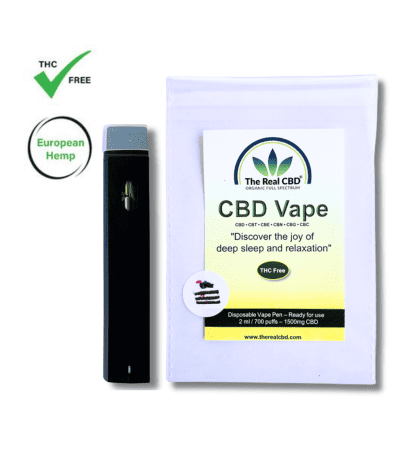 CBD Vape – Broad Spectrum€45.00
CBD Vape – Broad Spectrum€45.00 -
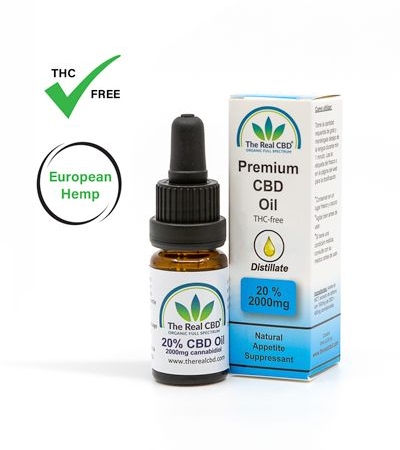 20% CBD oil – Distillate€92.00
20% CBD oil – Distillate€92.00 -
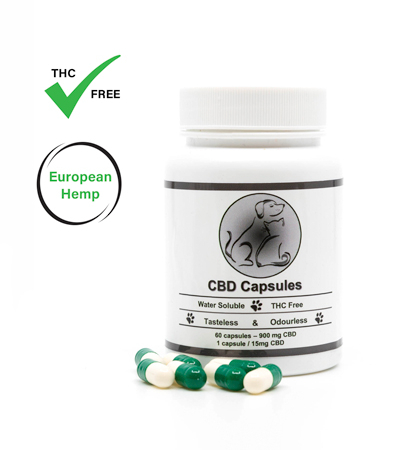 5% CBD Capsules for Pets€59.00
5% CBD Capsules for Pets€59.00 -
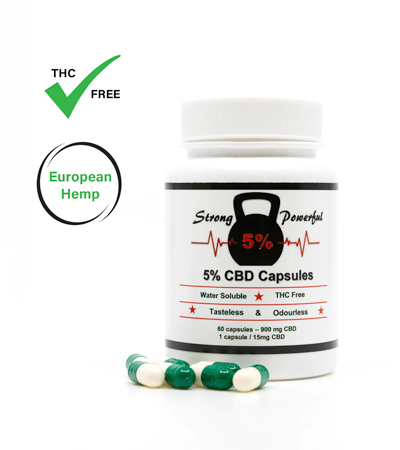 CBD Capsules for Athletes€59.00
CBD Capsules for Athletes€59.00 -
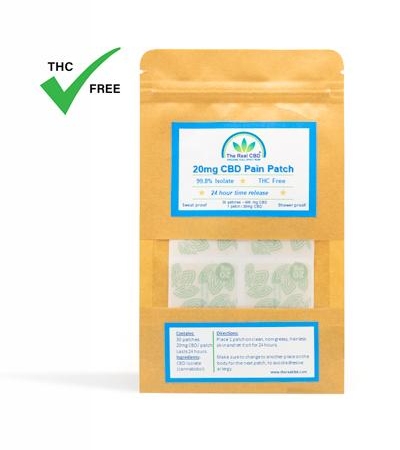 CBD Pain Patch 20mg€55.00
CBD Pain Patch 20mg€55.00 -
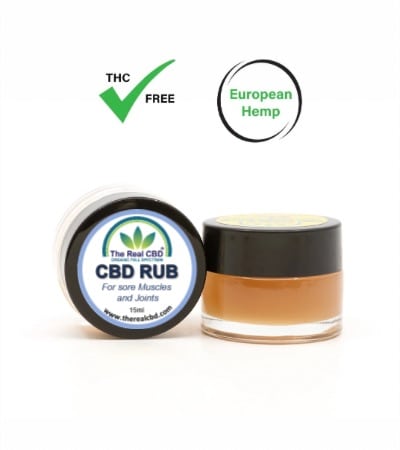 CBD Rub€17.50
CBD Rub€17.50 -
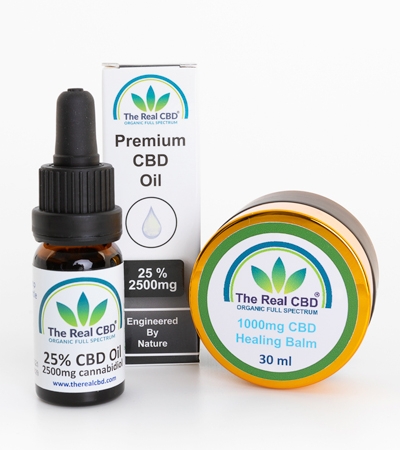 CBD Pain Relief Pack€155.00
CBD Pain Relief Pack€155.00 -
 CBD 3 for 2 pack€58.00 – €170.00
CBD 3 for 2 pack€58.00 – €170.00 -
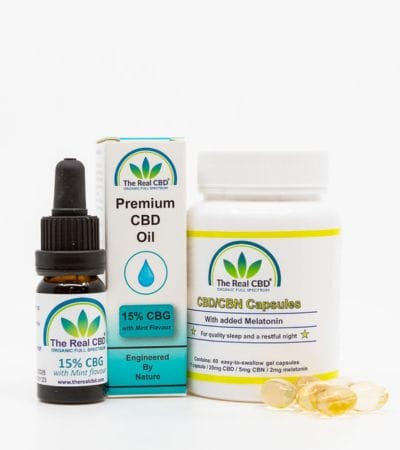 CBD Anti Anxiety Pack€179.00
CBD Anti Anxiety Pack€179.00 -
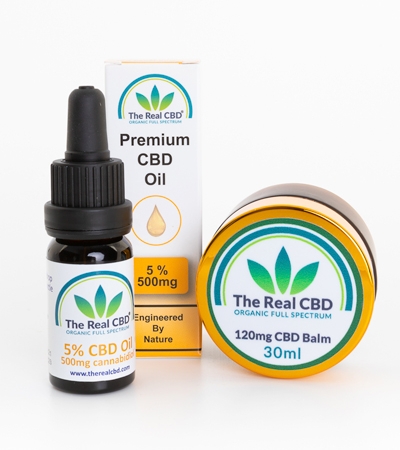 CBD Wellness Pack€40.50
CBD Wellness Pack€40.50 -
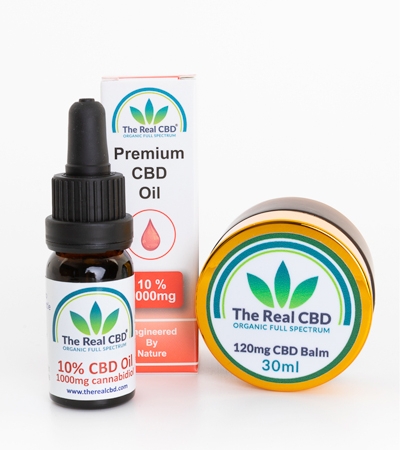 CBD Oil and Skin Relief Pack€60.00
CBD Oil and Skin Relief Pack€60.00

I am a certified expert in Medicinal Cannabis. We are all about giving correct and trustworthy information. We know how important it is to learn about CBD and cannabis, which is why we want to be your go-to source for trustworthy information. We help you improve your health by using our knowledge and experience as a starting point.
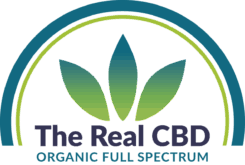
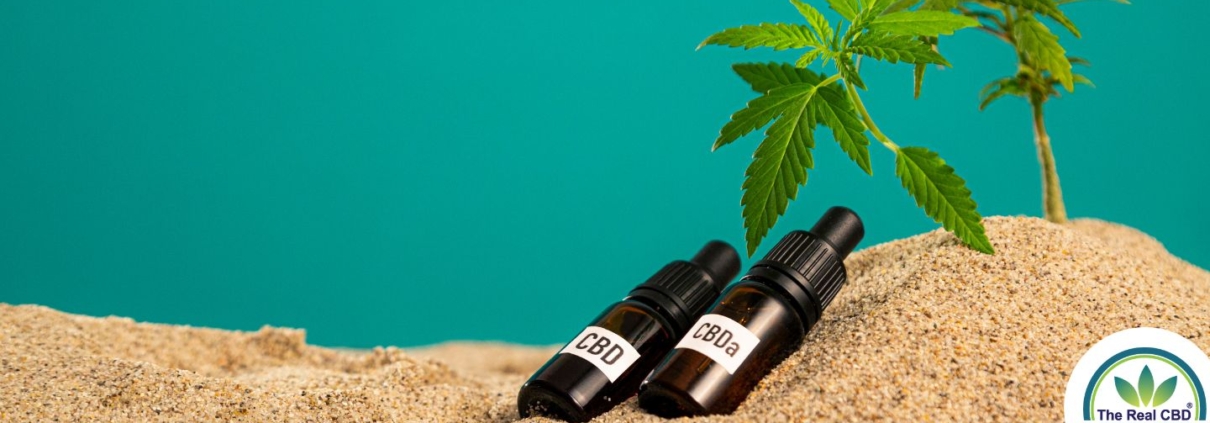





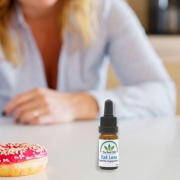






Leave a Reply
Want to join the discussion?Feel free to contribute!